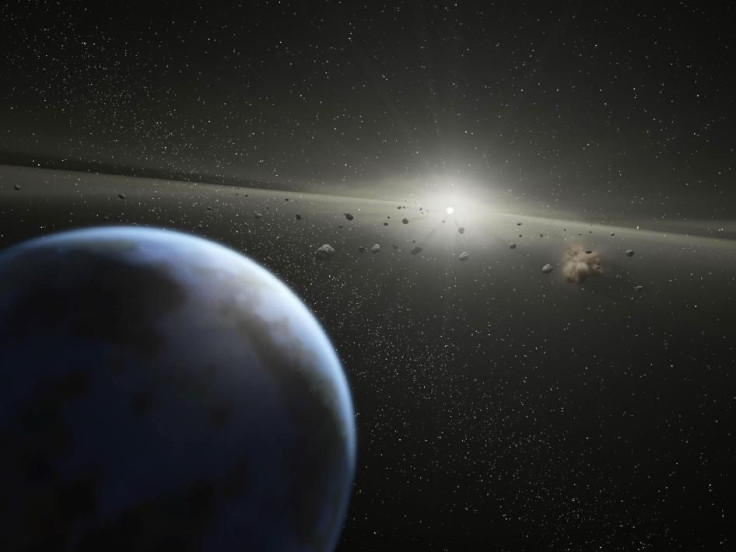New Asteroid-Tracking Method Launched By ESA
KEY POINTS
- Gaia is a space observatory that maps out stars in the galaxy
- The ESA learned that Gaia can track new and lost asteroids
- Gaia's data can be used to spot asteroids that might hit Earth
The European Space Agency (ESA) has discovered how it can use its current star-mapping mission to keep track of asteroids flying close to Earth. According to the ESA, the data collected by the mission provides accurate information regarding the trajectories of asteroids.
Gaia is a space observatory launched by the ESA in 2013. Its main objective is to measure the positions of stars and their distances from one another and other cosmic objects. This involves making accurate measurements of over 1 billion stars.
Through the data collected by Gaia, the ESA is hoping to make a highly-detailed three-dimensional map of stars within the Milky Way galaxy.
During the course of its mission, Gaia has already observed its target of over 1 billion stars more than 70 times. Through its observations, Gaia is able to keep track of each of the stars’ positions and brightness.
Sometimes, Gaia comes across light sources in space that are not as bright as stars. According to the data collected by the space observatory, these faint light sources often move from one region in space to another.
After cross-checking Gaia’s data with catalogs of known Solar System objects, the ESA concluded that the faint light sources are asteroids flying across space. Some of the asteroids spotted by Gaia have not yet been detected before.
According to ESA’s scientists, obtaining accurate information regarding the movement of asteroids is very important. It enables agencies to monitor which asteroids might be in danger of colliding with Earth.
“When we observe an asteroid, we look at its motion relative to the background stars to determine its trajectory and predict where it will be in the future,” Marco Micheli of the ESA’s Near-Earth Object Coordination Center said in a statement.
“This means that the more accurately we know the positions of the stars, the more reliably we can determine the orbit of an asteroid passing in front of them,” he continued.
Aside from identifying new asteroids, the ESA noted that Gaia could also be used to keep track of lost asteroids, which are the space rocks that disappeared from tracking systems.

© Copyright IBTimes 2024. All rights reserved.





















